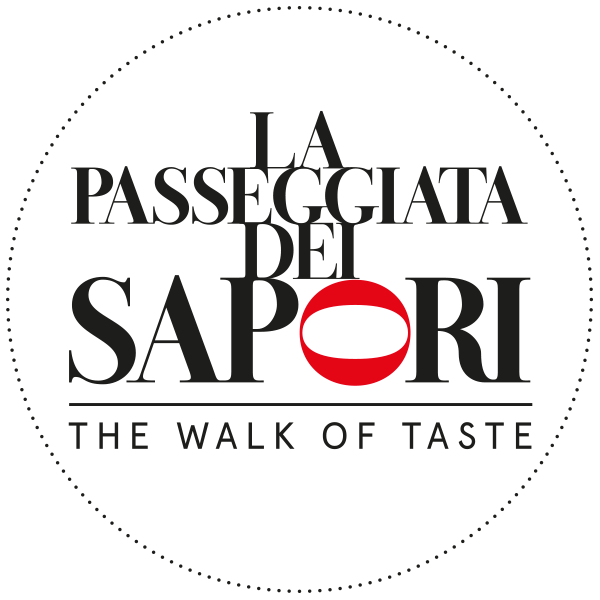Freshwater fish in the Parmesan tradition
The practice of fish farming in ponds or artificial lakes is in all likelihood a very ancient one. The Romans must have been practicing it in very remote times. Already at the time of Cicero and Livius the simple term “piscina” (containing the word for fish, piscis) was no longer used to signify “pool for fish”, but only in its new meaning of “vast pool for swimming exercise” (as in modern Italian); for fish, the generic term “vivarium” was used, which has survived as “vivaio” in modern-day Italian. I could not say whether our medieval fish farms were brought by the Romans, or were already common in Cisalpine areas, or were due to the motivating force of that politician and administrator of genius, Charlemagne,[1] who “followed closely the organization of pike, eel and carp farms.” Whatever the case, we do know that the Bishop of Parma Sigefredo (or Sigifredo) II, in 1005 had his own fish farm at his castle in Colorno, fed by the waters of the Lorno river.[2]
The same can be said of all the moats that defended the walls of our lowland castles: they did not contain dragons or other monsters, but rather carp, pike and tench, all very welcome at times of famine, or simply to vary the “menu.” Throughout the Middle Ages there are documents attesting to fish farming in our area, though only in general terms. It is not until 1591 that we find a specific reference. Signor Albertoni, sent to Parma to accompany Cardinal Odoardo Farnese, sang the praises of a trout farm that was greatly admired by other Italian and foreign travellers: “Parma is more beautiful, more pleasant and more delightful, and in everything else not inferior to Piacenza… I have noticed two things about this city in my opinion … quite wonderful: …. one is the trout farm in clean and good water, drawn by underground conduits over eight miles long.” The other, as it can be easily imagined, is the famous “orange grove”, protected and heated in winter, and now unfortunately also lost.
Centuries went by, and the Bishop (we do not mean to imply that he was always motivated by the memory of this predecessors’ fish farms!) did not limit himself to opposing the Duke for raising militias in the Bishop’s Courts of Monchio: he also opposed the use of rainbow trout coming from his mountain feud of upper Val d’Enza and Val Cedra; those were not farmed trout, we would say today.
Giuseppe Micheli, in his study La riserva delle trote per la Mensa Vescovile [3] (The Bishop’s Refectory’s Trout Farm) writes a tasty tale about this diocesan right, which was asserted until the advent of Napoleon, referring to Cignolini and others whom we have not cited in the bibliography in order not to make it excessively long.
There was even an episcopal Custodian of fishing: in 1768 it was don Nicola Basetti of Vairo, preceded by don Rozzi of Monchio, who resigned. Nowadays the trout farms in our mountains continue in some way this very ancient, centuries-old tradition.
[1] G. MAFFIOLI, Storia piacevole della gastronomia, Milan, 1976, vol. I, p. 173.
[2] Parchments of the Capitular Archives; see also I. Affò, Storia di Parma, vol. I, p. 382.
[3] Published in “La Giovane Montagna”, December 1, 1927
